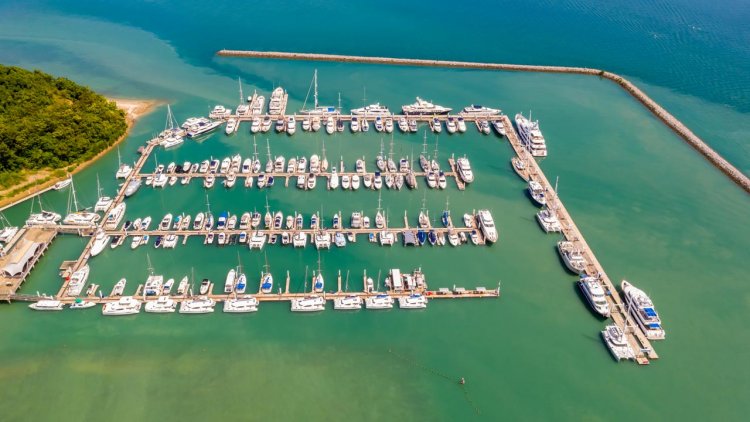Freudenberg is entering into a strategic partnership with Lürssen Werft, the global market leader in the yacht sector, to develop fuel cell systems for mega yachts. In the case of the first system under development, it will allow a ship to spend more than 15 days at anchor or cruise for more than 1,000 miles with zero emissions. This is roughly equivalent to the route from New York to Miami or from Hamburg to Lisbon via London.
With over 10,000 ships worldwide, the yacht industry is a significant part of the maritime economy. Its customers value innovations, new technologies and environmental protection. After all, yachts are often near residential coasts, where factors such as emissions of any kind are delicate issues. Just as in larger ships that prioritize range and route flexibility, electricity must be ruled out as an energy source due to the heavy weight and low volumetric energy density of battery systems.
This is why Lürssen and Freudenberg have defined a joint technology roadmap for yachts without combustion engines. The two companies are already collaborating on the “Pa-X-ell 2” project, in which other partners such as Carnival Maritime, DNV, besecke, DLR, EPEA and Meyer Werft are pushing ahead with the development and testing of a hybrid energy system with a new generation of fuel cells for yachts and passenger ships suitable for the high seas.
The fuel cells, which have been uniquely developed for maritime applications, will temporarily substitute the ship’s conventional diesel generators in the first joint ship installation. This allows the yacht to anchor for 15 days or cruise 1,000 miles without emissions – an important added value for the ship owner.

The system uses Freudenberg’s methanol-operated, maritime fuel cell system with integrated fuel reforming, which received the “Approval in Principle” from the DNV GL classification society at the end of 2020: Steam reforming of methane is used to produce hydrogen directly in the system, which then reacts with oxygen from the air in the fuel cell, generating the electric energy required for the propulsion as well as the ship’s electrical system. Ship owners benefit from the fuel cell system’s higher efficiency, when compared with a combustion engine, and thus enjoy lower fuel consumption and reduced maintenance costs. The ships travel nearly without sounds or vibration, which is particularly important for the regions that serve as destinations for the yachts.
Another component of the collaboration is the commissioning of an innovation laboratory at Lürssen, where the integration and operation of Freudenberg’s maritime fuel cell systems are simulated on board a yacht operated with methanol. The optimal hybridization between fuel cells and batteries will also be analyzed here.
In addition to the Truck and Bus segment, equipping ships with fuel cell systems is one of Freudenberg’s strategic goals, explains Dr. Manfred Stefener, Vice President Fuel Cell Systems at Freudenberg Sealing Technologies:
“Our aim is to decarbonize the entire maritime fleet. Thanks to the integration of fuel cell battery solutions, we will supply all of the energy requirements of ships, including those of the main propulsion system. This hybridization strategy makes it possible to sustainably and cost-efficiently achieve the required installations in the double-digit, megawatt range for every ship. Freudenberg provides these solutions from a single source.”



